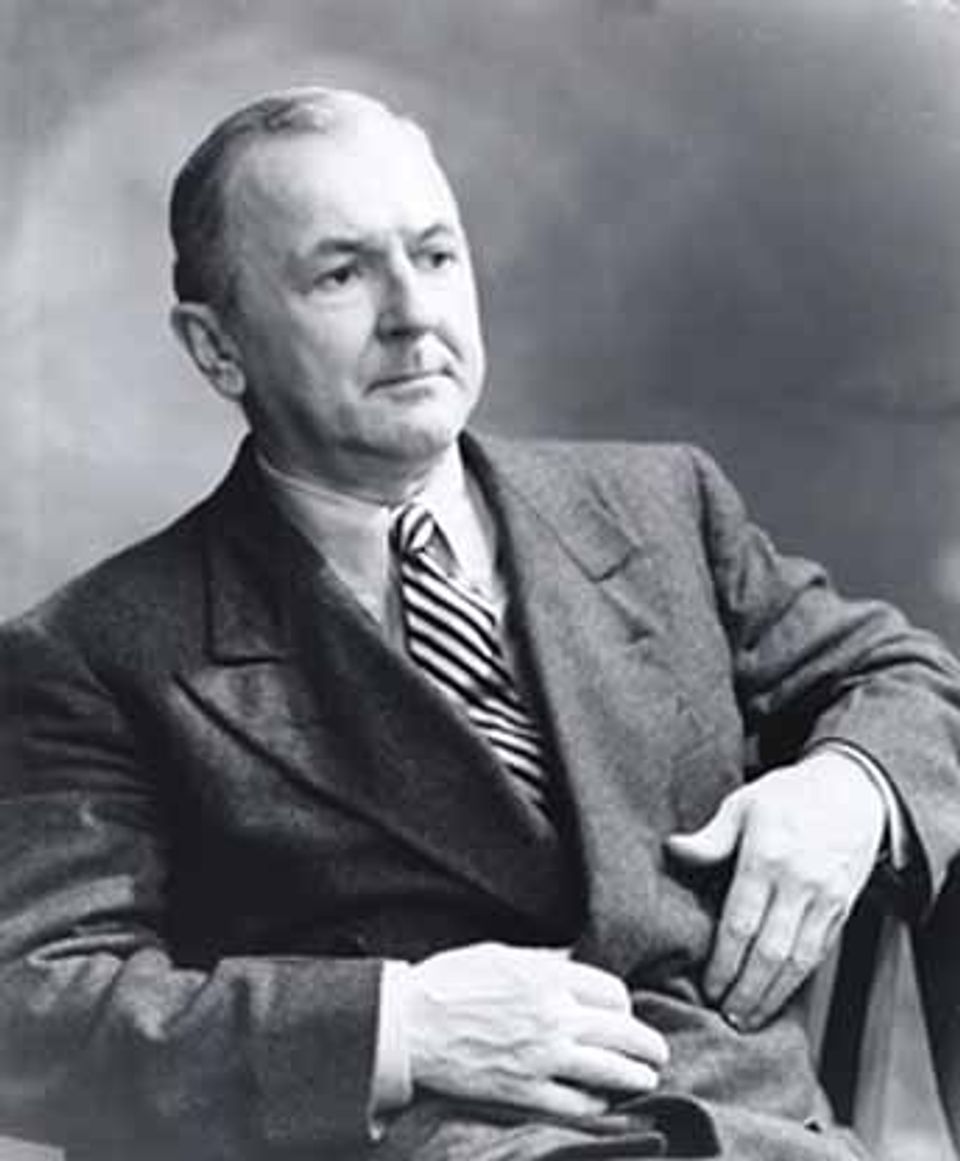Artist
George Grosz
born Berlin, Germany 1893-died Berlin, Germany 1959

- Also known as
- George Ehrenfried Grosz
- Born
- Berlin, Germany
- Died
- Berlin, Germany, Federal Republic of
- Active in
- New York, New York, United States
- Cape Cod, Massachusetts, United States
- Douglaston, New York, United States
- Biography
Expressionist painter and printmaker. During his career, Grosz was variously linked to three modern art movements—Dada and Die Neue Sachlichkeit in Germany and, after his immigration to the United Staes, American social realism of the 1930s and 1940s.
Joan Stahl American Artists in Photographic Portraits from the Peter A. Juley & Son Collection (Washington, D.C. and Mineola, New York: National Museum of American Art and Dover Publications, Inc., 1995)













